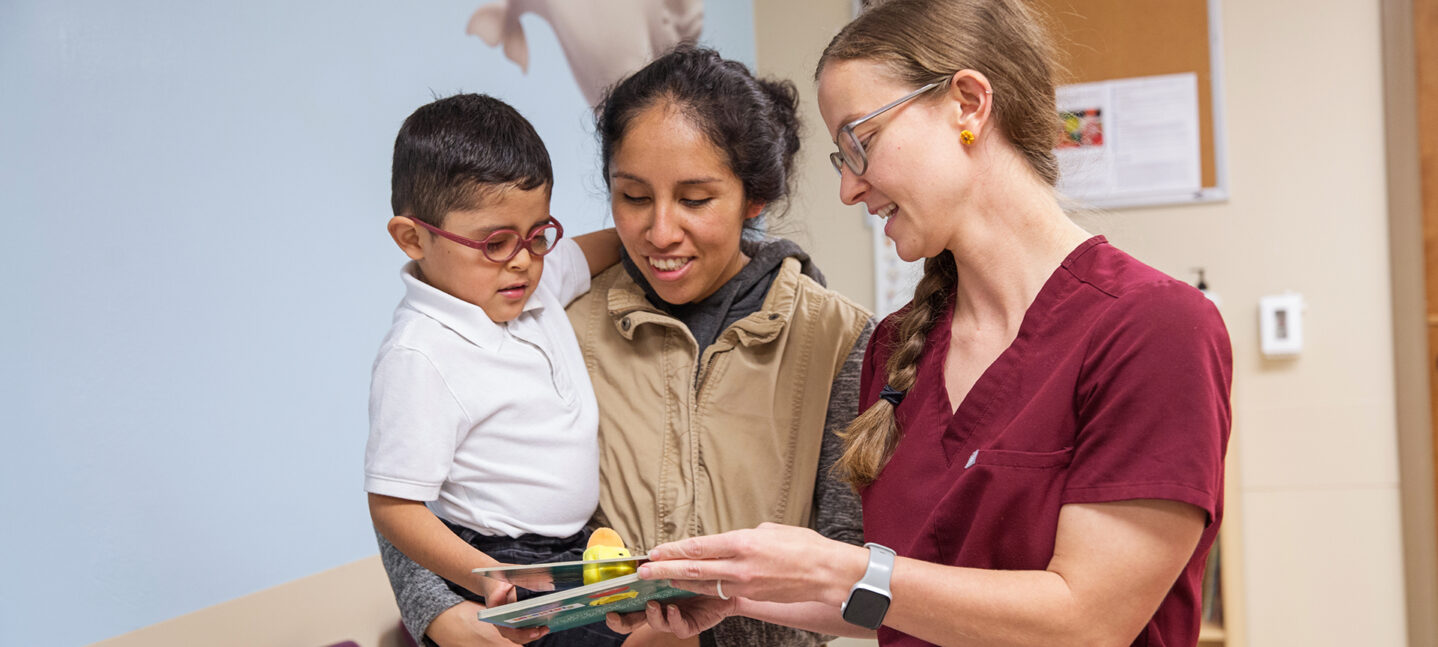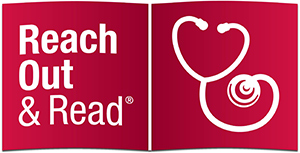
Research
Understanding and demonstrating our impact
Evaluating — and strengthening — our role in pediatric care
Reach Out and Read conducts research that shines a light on the positive outcomes of delivery of our model and reveals new areas where we can benefit young children, their families, and our network. We continue to strengthen and expand our evidence base to ensure that our model remains relevant, is based in the latest scientific understanding of child development, and delivers maximum impact for the millions we serve.
We combine the benefits of academic research with less traditional methodology to evaluate real-world implementation, working with and learning from the communities, clinicians, and parents and caregivers we serve. We are especially focused on the opportunity for grassroots transformation of pediatric care through quality improvement projects conducted within our network.
Our research explores the outcomes of delivery of our model that affect the health and well-being of the children and families we serve, including early childhood development in cognitive, social emotional, and relational domains; family stress and depression; and compliance with, and experience of, pediatric health care. We are also interested in how delivery of our model impacts clinician well-being.
